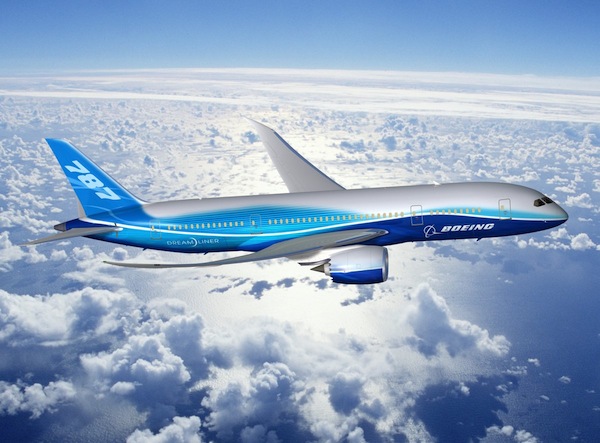Dassault Innovates for the Future
Dassault Systèmes is synonymous with 3D design. In addition to providing 3D modeling software to its parent company, Dassault Aviation, Dassault also supplies major aerospace rivals, such as Airbus, Boeing, Lockheed Martin, Northrop Grumman, Embraer and Bombardier. An article in The National presents a brief history on the company, including some of the software vendor's stand-out projects.
 In the mid-1990's Boeing's 777 was the first passenger jet to rely on computer-aided design (CAD) from Dassault for a full digital model of the airliner. Despite the million dollar pricetag, being able to simulate the geometry of an airplane design on the computer eliminated the need for costly and time-consuming physical mock-ups.
In the mid-1990's Boeing's 777 was the first passenger jet to rely on computer-aided design (CAD) from Dassault for a full digital model of the airliner. Despite the million dollar pricetag, being able to simulate the geometry of an airplane design on the computer eliminated the need for costly and time-consuming physical mock-ups.
This year Boeing introduced the 787 Dreamliner jetliner at a cost of $5 billion. The engineers used Dassault's software to custom engineer the aircraft's one-piece fuselage, and every subsystem, as well as to map out the project's entire lifecycle, from conception to retirement.
A Boeing rep quoted in the article said Dassault's software "takes us a big step closer to the Boeing goal of design anywhere, build anywhere. As a global company, Boeing must be able to flow work seamlessly between different locations and different business units without impacting our customers. To do that, we must all be working with the same best-in-class tools and processes."
Aerospace is just one of the Dassault's specialities. They also design software for automotive, ship-building, architecture, urban planning, virtual reality and safety training. The article points out that Dassault "executives bet their own money on the future of 3D design decades ago and have since been rewarded handsomely." The company now employs 4,500 designers at 31 laboratories worldwide, with the majority located in France, the US and India. It reportedly does twice as much business as its nearest competitors, Siemens of Germany and Autodesk of the US.
The cutting-edge design company considers itself future-driven. Philippe Forestier, who helped found the company and now serves as executive vice president of global affairs and communities, states: "We like to imagine what will be the future in 2020, and how we can match it."










